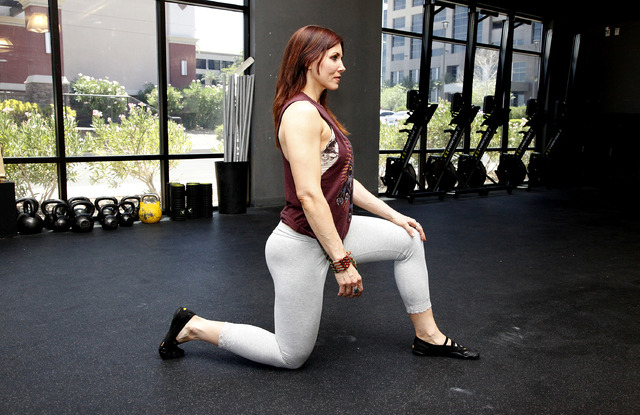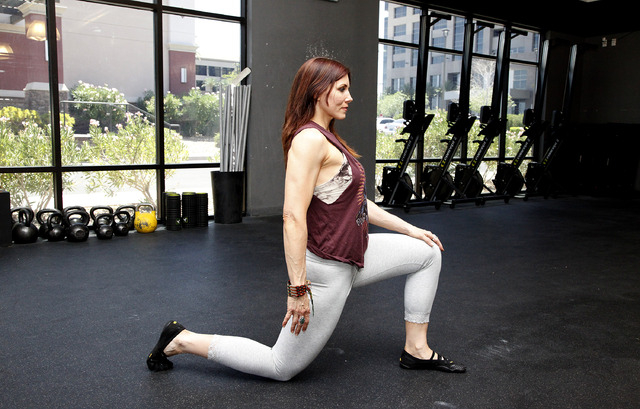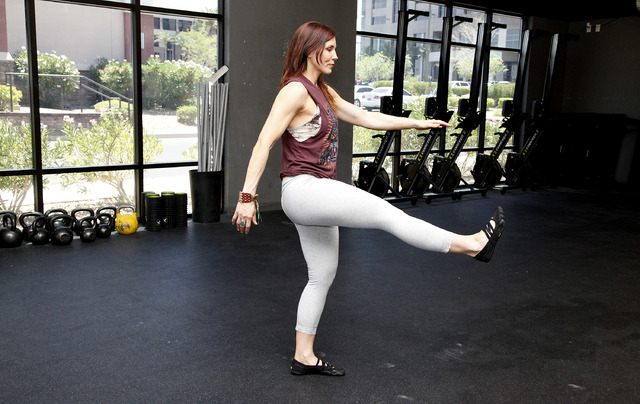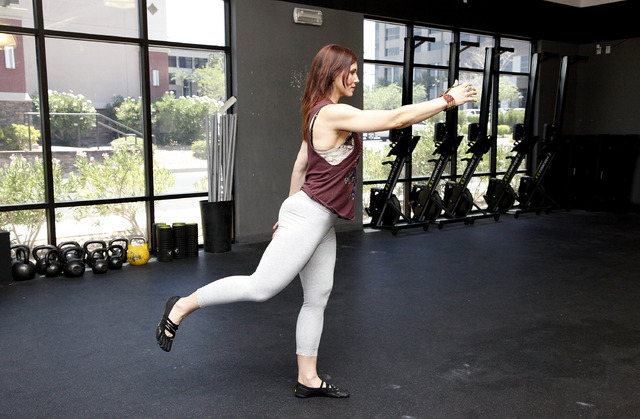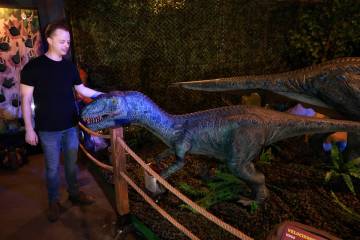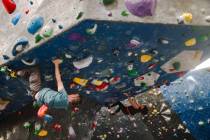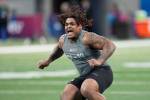Tangled up and blue? Stretch hip flexor and move freely
In my early college years, before I got into training, I used to install window coverings here in Las Vegas.
Sometimes the cords of the blinds got tangled. As an installer, I wouldn’t leave a job until all the blind cords were straight.
Those of you with kids and window blinds know my pain. Tangled blind cords can get to a point where you would just rather not open the blinds. It is easier to leave them closed than it is to spend the time to untangle them.
Hip flexors are similar. They can get tight and really limit your movement. Like the blind cord, the more congested or “tangled” they are, the more you would rather just not move.
Taking time to address the hip flexor can make a world of difference in your movements. For those who play sports, a hip flexor in optimal condition means you “feel” lighter and more able to perform on the field. Runners and cyclists will notice a difference because they use that area constantly during their activities.
Those who sit all day may find they can be tight and not even know it.
Let’s break down the hip flexor complex to help understand how it affects movement and even achy areas of the body.
The hip flexors are not one particular muscle but all of the muscles involved in hip flexion. Flexing the hip occurs when you bend the leg at the hip. If you were standing and then raised one knee upward, you also flex the hip.
The main contributors in hip flexion are a couple of muscles on the inside ridge of the pelvis. You generally won’t see them when they are contracted because they are under the abdominals.
The iliacus and the psoas (silent “p”) can be very strong. The iliacus connects the inside ridge of the pelvis to the inside of the thigh bone. The psoas connects the lower lumbar vertebrae to the inside of the thigh bone.
Rectus femoris, part of your thigh muscles, connects your pelvis to your lower leg. TFL, the tensor fasciae latae muscle, is on the outside of the pelvis ridge, just below the pant line. Along with those muscles are the adductors (inner-thigh complex) that also help with hip flexion.
Given the critical locations of these muscles, we can start to understand basic issues athletes can have. If any or a combination of these muscles are becoming tight, or shorter than normal, because of sport-specific movements, the athlete will feel sluggish. Such athletes may need more warm-up time to feel “ready” to play or perform. They can even start to see plateaus in performance.
These muscles also can shorten over time by prolonged hip flexion. Sitting puts the hip joint in flexion. The muscles may not be tense, but they are in a shorter position than they would be if you were standing. With time, they will adapt to the environment and remain in a shorter position.
Think about the psoas; it connects the lumbar to the thigh bone. If it is short and/or tight, it pulls on the lumbar when you stand and it is forced to stretch. Depending on the severity of tightness, this may cause pain at the lumbar.
Let’s get into the rectus femoris. It connects the pelvis to the lower leg, just under the knee. Tightness in this muscle could lead to knee pain.
The other muscles that aid in hip flexion can have similar issues. When they are tight, they can ache at the attachment sites. Usually, if you incorporate stretching and or foam rolling or even massage or soft tissue therapy, these problems can start to clear up. If they don’t, you know your specific issue may be related to something else. Consult a professional if you are having trouble figuring it out.
When muscles start to ache, it is your body’s way of saying that you need some attention at those areas. These muscles can be short or tight without being painful. You may feel sluggish or notice performance plateaus. Spend some time on different areas of your hip flexors with stretching and or foam rolling to help maintain athleticism.
I know I am starting to get tight when barbell squatting becomes difficult. When my hip flexors are tight, I feel a pinch at the hip crease. My knees or back don’t hurt, but I know they may start to if I don’t act.
Today’s stretches will help get that hip into full extension. If hip flexors are tight, the hip needs to extend to stretch them. Be gentle; hip flexors can get painful fast. Don’t push yourself too much. Like the blind cords, you just have to take your time and be patient.
The first stretch is static. You can do this after a workout to help the muscle relax at the length you want it. If you are retraining your muscle length, then a few times a day, especially before bed, will help.
The second exercise is a dynamic stretch. It is to be done before and/or after workouts as part of warm-ups and cool-downs. You can even do this to break up prolonged sitting.
Chris Huth is a Las Vegas trainer. He can be reached at 702trainer@gmail.com. Consult your physician before beginning any exercise program.



